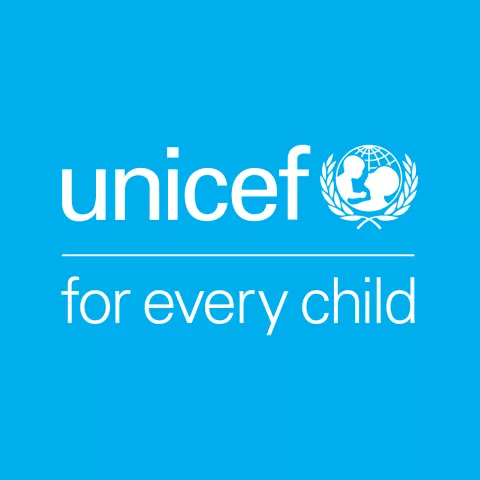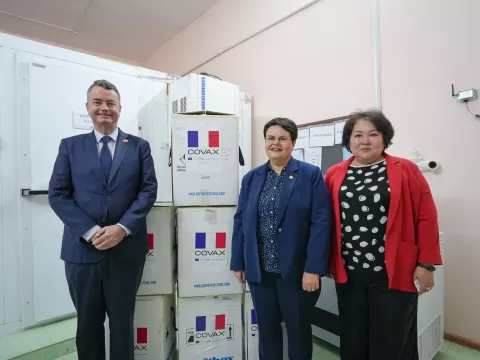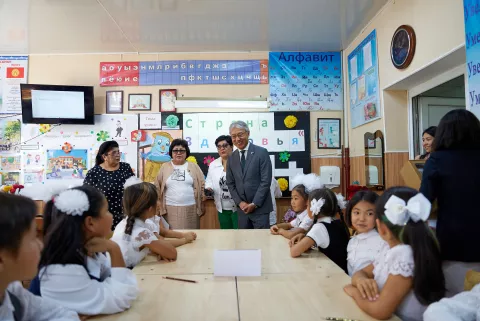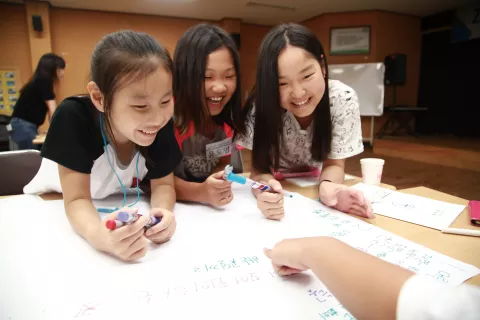Protecting the most vulnerable children from the impact of coronavirus: An agenda for action
Global coordination is urgently needed to prevent this health crisis from becoming a child-rights crisis.
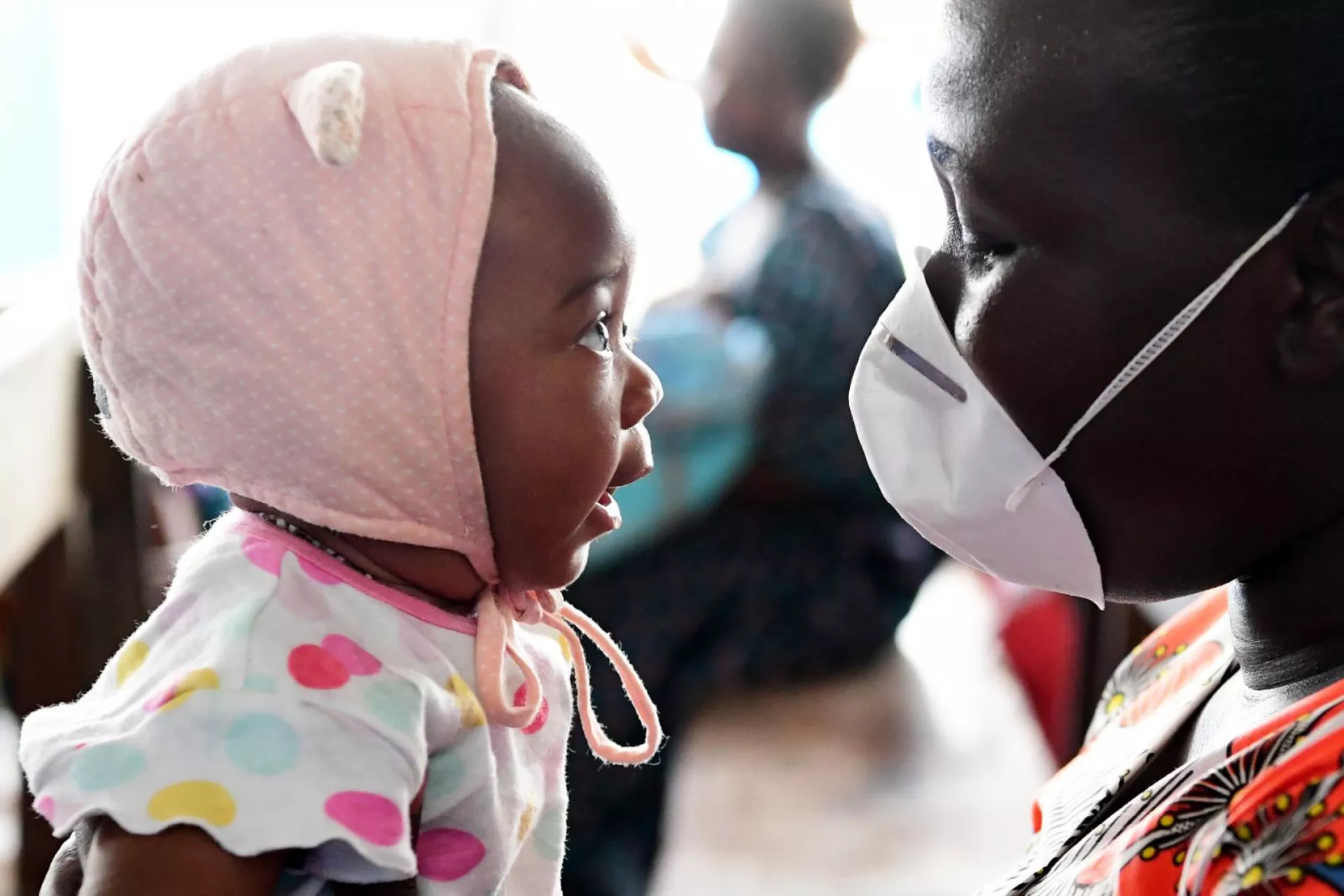
The coronavirus disease (COVID-19) pandemic is of a scale most people alive today have never seen. Worldwide, the outbreak is claiming lives and livelihoods as health systems buckle, schools close and families struggle to stay afloat.
Communities across the globe are rising to the challenge – from health and social workers risking their lives to protect the most vulnerable, to young people deploying innovative ways to share public health messages.
Yet, even as the spread of the virus slows in some countries, its social toll will come fast and hard. And in many places, it will come at the expense of the most marginalized children.
Without urgent action, this health crisis risks becoming a child-rights crisis.
Without urgent action, this health crisis risks becoming a child-rights crisis. Disruptions to society have a heavy impact on children: on their safety, their well-being, their future. Only by working together can we keep millions of girls and boys – including those who have been uprooted by conflict, children living with disabilities and girls at risk of violence – healthy, safe and learning.
UNICEF calls for global action to:
1. Keep children healthy and well nourished
International efforts to bolster health systems – by ensuring supplies and protective equipment reach affected communities, and training health workers to prevent, diagnose and treat coronavirus disease – will go a long way to fight the virus. But overburdened health systems threaten more than those who fall ill with COVID-19.
In the poorest parts of the world, children in need of basic yet essential services – including those to protect against diseases like pneumonia, malaria and diarrhoea – are at risk of not receiving them. Disruptions to supply chains and health care threaten to undermine recent gains in child health, nutrition and development, potentially leading to a significant rise in child mortality. Suspended nutrition programmes mean that undernourished children will go untreated; interruptions in immunization services could spur outbreaks of diseases for which a vaccine already exists.
As health systems stretch, infants and children will lose their lives to preventable causes.
UNICEF calls on governments and partners to sustain life-saving maternal, newborn and child health services. This means continuing to meet the urgent needs posed by COVID-19, while carrying forward critical health interventions, like funding for nutrition and immunization programmes, that ensure children survive and thrive. Our response to COVID-19 must be one that strengthens health systems and ensures universal, accessible and quality care for the long run.
2. Reach vulnerable children with water, sanitation and hygiene
Protecting ourselves and others through proper handwashing and hygiene practices has never been more important. But for many children, basic water and hygiene facilities remain out of reach.
Some children are cut off from safe water because they live in remote areas, or in places where water is untreated or polluted. Other children lack access to facilities because they are without a home, living in a slum or on the street.
Approximately 40 per cent of the world population still lacks a basic handwashing facility with soap and water at home – and in least developed countries, this rises to nearly three quarters. UNICEF calls upon governments to prioritize the most vulnerable children. And we are urgently appealing for funding and support so that we can reach more girls and boys with basic water, sanitation and hygiene facilities.
3. Keep children learning
An entire generation of children has now seen its education interrupted.
As schools across the globe close to prevent the spread of COVID-19, parents, caregivers and educators have responded in stride, finding new ways to keep children learning. But not all girls and boys have access to the Internet, books or school supplies. And for those who rely on school-based nutrition programmes, closures mean being cut off from the food they need to learn and thrive.
Nationwide school closures have disrupted the education of more than 1.57 billion students – 91 per cent – worldwide.
What’s more, previous shutdowns have shown that children who are out of school for extended periods, especially girls, are less likely to return when classrooms reopen.
We must do more to ensure all children have equal access to learning. UNICEF calls upon governments to scale up home learning options, including no-tech and low-tech solutions, and prioritize Internet connectivity in remote and rural areas. Now is not the time to divert national funding for education, but to reimagine education programmes and bridge the digital divide. UNICEF and partners will continue to work together to keep children connected and learning, no matter where they are.
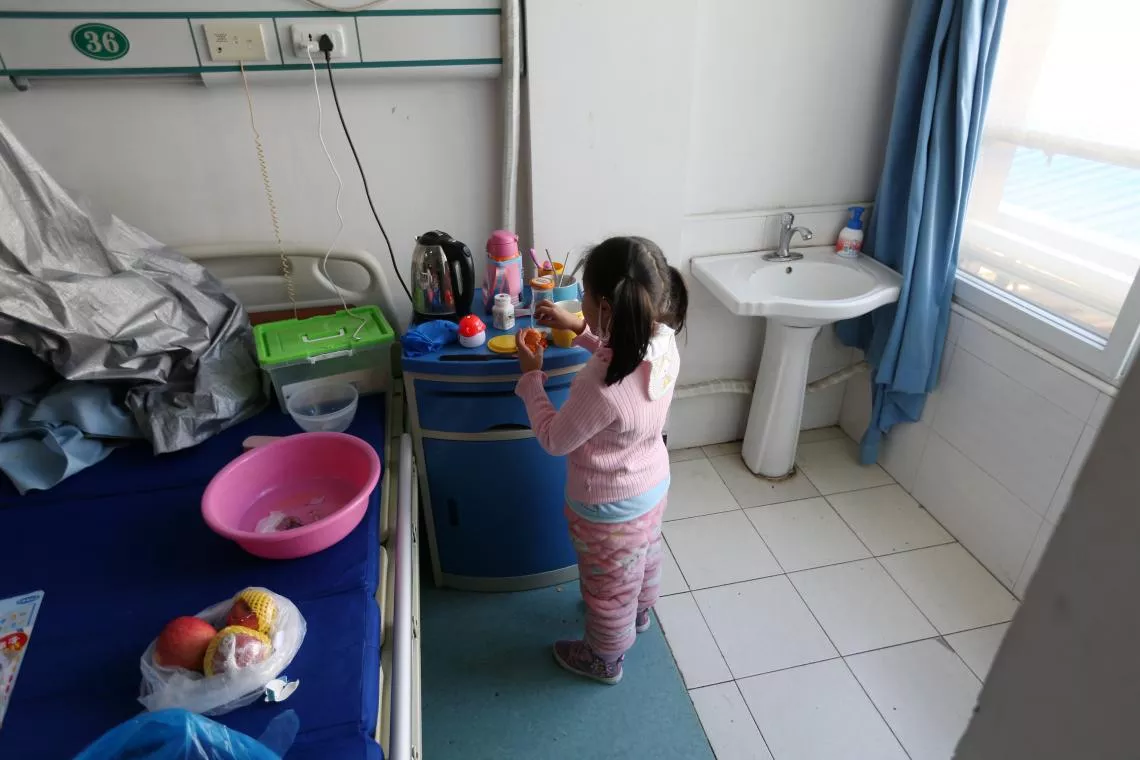
4. Support families to cover their needs and care for their children
The socio-economic impact of COVID-19 will be felt hardest by the world’s most marginalized children. Many already live in poverty, and the consequences of COVID-19 response measures risk plunging them further into hardship.
As millions of parents struggle to maintain their livelihoods, governments must scale up social protection measures – programmes and policies that connect families to life-saving income, health care, nutrition and education.
Social protection includes cash transfers and support for food and nutrition. It includes governments helping to protect jobs and working with employers to adequately support working parents.
Without urgent action to mitigate the social and economic impacts of the COVID-19 outbreak and response, tens of millions of children already living on the brink of hardship will fall into poverty.
5. Protect children from violence, exploitation and abuse
Risk factors for violence, exploitation and abuse are on the rise for children living under restricted movement and socioeconomic decline.
Previous health emergencies have shown that girls face a heightened risk of gender-based violence, early marriage and pregnancy. With school closures and subsequent isolation, children suffering violence at home or online fall farther from help. And the stress and stigma of illness and financial strain exacerbate volatile family and community situations, increasing children’s exposure to xenophobia and discrimination.
We must prevent this pandemic from turning into a crisis of child protection. Governments need to account for the unique risks of girls and vulnerable children, including those who face discrimination and stigma, when planning for social distancing and other COVID-19 response measures. We must support children who may be temporarily separated from their parents due to illness, as well as those deprived of their liberty, and work together to prepare for a surge in children seeking remote protection and mental health solutions.
6. Protect refugee and migrant children, and those affected by conflict
Every day, refugee children, migrant children and children affected by conflict face unspeakable human rights violations and threats to their safety and well-being – and this in the absence of a pandemic. For many of these girls and boys, access to basic health care and facilities is extremely limited, while cramped living conditions make social distancing unfeasible.
These children, too often hidden from the world's view, must not be forgotten during the COVID-19 response. 2020 was already set to be a year with more people than ever in need of humanitarian assistance, and this pandemic will only compound the vulnerabilities of children in crisis-affected countries.
The United Nations Secretary-General has launched a Global Humanitarian Response Plan for COVID-19. It is now up to the international community to come together in support of these children – torn from their families and homes – to uphold their rights and protect them from harm.
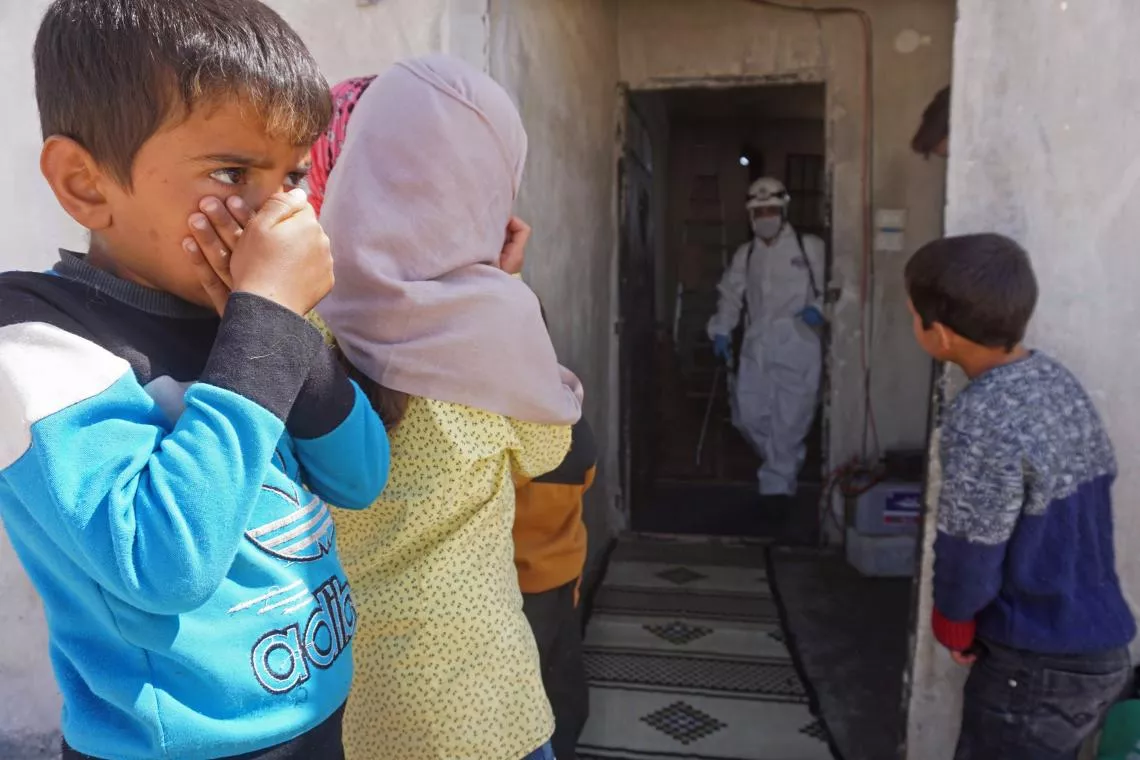
What is UNICEF doing to support children during COVID-19?
Our response to the coronavirus disease must reimagine a world fit for every child. History has shown that UNICEF, together with partners, has the experience and reach to improve the lives of millions of children and their families. We were there for the post-World War II refugee crisis – and have responded to every natural disaster, armed conflict, famine and disease since.
And we are here now, in 192 countries, working with communities, governments and partners to slow the spread of COVID-19 and minimize the social and economic impacts on children and their families.
We commit to:
- Working with governments, authorities and global health partners to ensure vital supplies and protective equipment reach the most vulnerable communities.
- Prioritizing the delivery of life-saving medicines, nutrition and vaccines, and working closely with governments and logistics networks to mitigate the impact of travel restrictions on the delivery of these supplies.
- Working with partners to urgently distribute water, sanitation and hygiene facilities to the most vulnerable communities.
- Distributing vital public health messaging and advice to slow the transmission of the virus and minimize mortality.
- Supporting governments to keep schools safe and ensure children continue to learn.
- Providing advice and support to parents, caregivers and educators to support home and remote learning, and working with partners to design innovative education solutions.
- Providing guidance to employers on how best to support working parents, and designing new social protection solutions that ensure the poorest households can access critical funding.
- Providing peer-to-peer learning and information sharing between children, adolescents and young people to support their mental health and combat stigma, xenophobia and discrimination.
- Working with governments, authorities and other partners to ensure child rights and child protection measures are embedded in the immediate COVID-19 response and longer-term recovery planning.
- Stepping up our work with refugee and migrant children and those affected by conflict to ensure they are protected from COVID-19.
- Supporting meaningful child participation in the development and implementation of programmes responding to COVID-19.

